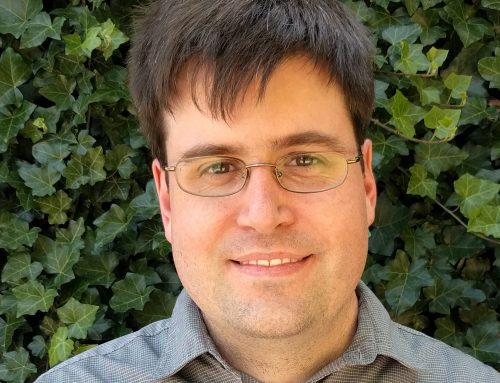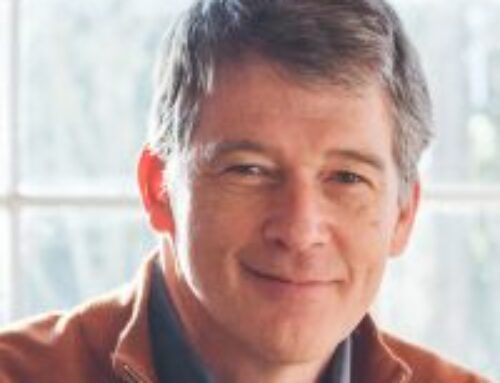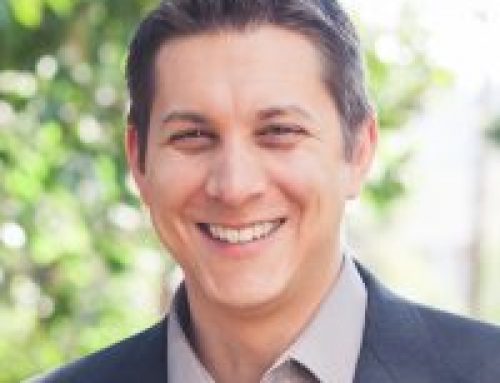Last April, I addressed a chapter of The Daughters of the American Revolution (DAR) near my home in San Diego. I was introduced to the group as a leader in the classical renewal movement, a member of a team doing something few others have attempted: turning one of the oldest charter schools in California into a classical school. I gave the reasons for our mission, speaking about what we saw in our students: an increasing hunger for direction, for connection to something larger than themselves, for true freedom. We noticed that our graduates were getting into good colleges and prepared for jobs, but were they living meaningful lives? Did they understand true freedom? We concluded that the model from which we had been teaching simply didn’t go far enough, and so we decided to make a change: to reach back to the ancients, analyze what has stood the test of time and molded the best of humanity, and begin building in a different direction.
As I concluded my speech, I couldn’t help but marvel to myself that I was the one speaking to this group. On paper, I was the most unlikely candidate for this type of education when I first encountered it in college. In fact, I have it on good authority that I was good-naturedly voted “Least Likely to Make It” at a Great Books college. Now, here I was twenty years later, speaking as a leader in the movement. Many graces were afforded me over the course of that twenty-year journey, but one key thing set me on this path in the first place. After the DAR event was over and I was told I had the option to donate my honorarium, I knew where it needed to go. I told them to write the check to Gutenberg College.
My experience as a student at Gutenberg was a struggle. I remember sitting in discussion with other students who had read the Great Books in high school, who had practiced close reading of difficult texts and learned to annotate them, who had heard of Plato and Aristotle. I was incredibly intimidated because none of that was true of me. In fact, it was a miracle I was even there, which is a story for another day. But another miracle was that I didn’t quit. A commitment to the noble call or an iron will did not keep me going—believe me, I came very close to quitting many times—rather, I kept going because I sensed that the tutors wouldn’t quit on me. Though I was intimidated, I was sincere; and without exception, the tutors at Gutenberg honored my sincerity by giving me a safe space to try. With the humble delivery of their expertise, they showed me the world of ideas and helped me navigate through it in a meaningful way, respecting my humanity in the process.
By the time I graduated, I still had a long way to go. But I was shown in my time at Gutenberg that I—the least likely candidate for a Great Books education—should also have a fellowship with great minds across the ages who had the same fundamental questions that I discovered in my own soul. I didn’t leave with answers, but I left with a sense that there were answers to my questions and that I was capable of discovering them. The tutors communicated tacitly in a million ways that, no matter who I was or what sort of background I had, if I really wanted to know the truth about humanity, then I would find it. In my four-year journey, I discovered that the Great Books were for me; and if they were for me, then they are for everyone.
Many years later, through bumps in the road, hard work, and doubtless divine intervention, I found myself teaching at a charter school in San Diego. The charter movement began in California in 1992 and is founded on the idea that infusing competition into public education will drive up the quality of education. Charter schools are publicly funded schools of choice that use a lottery system rather than districting to determine the student body. While a charter school does not receive the same level of public funding as a district public school, additional freedoms are given, such as power over curriculum. Our charter organization opened in 1996 and is one of the oldest charter schools in the state.
In the neighborhoods we serve, the crime rate is high and the schools are low-performing. Many of our families are working hard to make ends meet, and sometimes that means taking on two or three jobs. The heart of our schools has always been to provide a safe place with an expectation of rigor and the dignity that comes from working hard. Our hope is that the education they receive will open doors for our graduates that would otherwise have been closed.
For most of the school’s life, “opening doors” has looked like preparing students to succeed in college. However, times are changing. The technological revolution in the last twenty-five years has contributed to vast societal changes accompanied by troubling developments particularly affecting our children. The American College Health Association reports that between 2010 and 2018, the rate of undergraduates reporting anxiety increased 137%. Add to that depression at 106% and a number of other alarming increases. All these stats were collected before the pandemic that increased the difficulty of our children simply to function in life. Any educators with more than a decade of experience will tell you they see a marked change in many of our students’ attitudes toward life, which ranges from scattered and overwhelmed to hopeless. With this new reality, and with the freedom our public school has been granted, we are looking for ways to rise to the occasion of our current moment and offer something lasting to our students.
Ten years ago, we began implementing aspects of classical education into our curriculum. Our high school English classes became Great Books classes; we opened an entirely new K-8 school using a classical-hybrid model; we are integrating subjects; and much more. This has not been easy. We have had to constantly define the heart of what we’re after in making this change. And as we have defined it, I have realized that the heart is the same as the one I found at Gutenberg: to show students that the existential questions they are asking in this fast-paced modern age—about who they are, who God is, what is good to do, what makes life meaningful—are the same questions that people have asked throughout history.
We want to teach our students that when they graduate, they don’t have to leave with answers, but we hope they leave with the sense that this world (despite how it seems at times) has an order, that there are answers to their questions, and that, if they are tenacious enough, they will find them. We hope to communicate by our commitment to our students—no matter who they are or where they come from—that this education is for them because this education is for humans. These ideas were planted in me when I began at Gutenberg College, and I am grateful every day that I have been given the opportunity to have an impact on this next generation with what I was given: an education in the things that last.
This article first appeared in print in the Spring 2025 issue of Colloquy, Gutenberg College’s free quarterly newsletter. Subscribe here.





